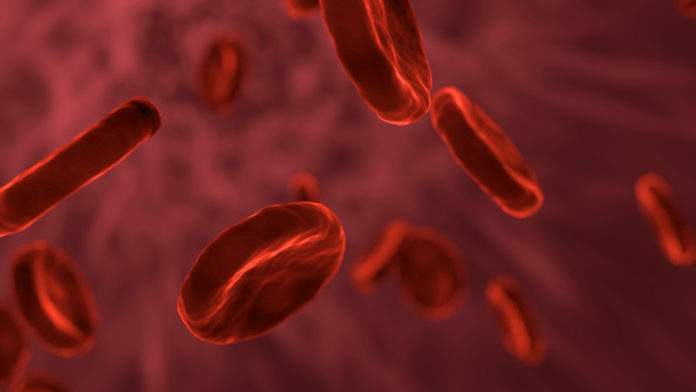If the wall of a blood vessel in the brain weakens, it expands outwards like a balloon, silently growing until the day it begins to leak or bursts. A resulting brain bleed becomes a life-or-death emergency. This is a condition called a brain aneurysm, and one in 20 people has one, although they may not even know it.
Thankfully, more diagnoses are happening with the increasing use of high-quality medical imaging. Neurosurgeons John Wong and Alim Mitha at the University of Calgary co-founded Fluid Biomed to take their research on a cure through the pipeline to commercialization.
The current standard is to use a metal stent: a flexible mesh tube that can be navigated into place through a blood vessel without having to open the skull. Once expanded, it blocks blood cells from entering the aneurysm, and as flow inside this weak area slows, it shrinks and begins to heal over a period of weeks or months.
The trouble is, a metal stent is a lifelong implant. Blood thinners are required to prevent clotting on the device, and it can even obscure many types of medical imaging that could be used for monitoring.
Fluid Biomed is developing the world’s first hybrid polymer-metal flow-diverting stent. The majority of the stent is made of a polymer that can act as a scaffold that helps the blood vessel heal. The polymer is designed to be bio-absorbed by the body once it’s no longer needed.
By minimizing the amount of metal in the stent, there is minimal interference with CT or MRI scans. That means patients won’t need lifelong blood thinners or invasive angiogram tests for monitoring. This would reduce patient risk and treatment cost.
The team has built prototype stents that resulted in a cure after being implanted in animal models in their pre-clinical validation studies. They hope to move to clinical trials in human patients soon.
Blood flow is maintained to the rest of the brain, and the flow diversion away from the aneurysm works as well or better than available metal stents.
While originally designed to treat bleeding strokes, this technology could be extended to other areas of the body beyond the brain, like the blood vessels near the heart or the aorta.
“I think the pathway from ‘bedside to bench to business’ can be daunting, but the journey itself has been very rewarding thus far and we are incredibly optimistic about the road ahead,” said Wong in a University of Calgary press release.
“With partners like the university providing support, there’s no limit to what we can accomplish.”








































